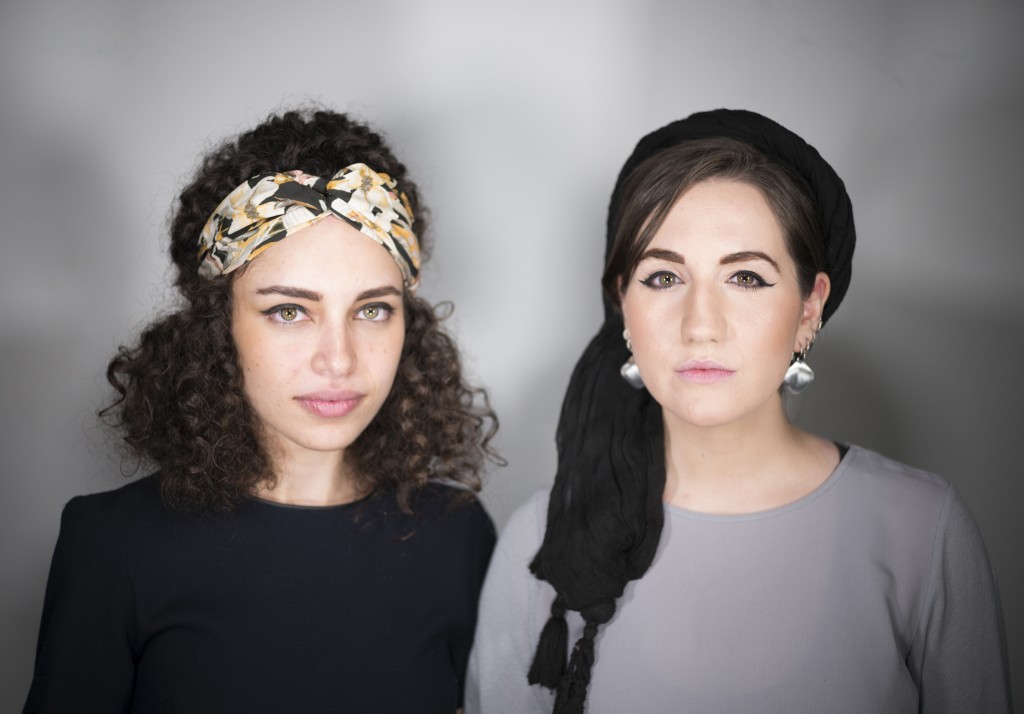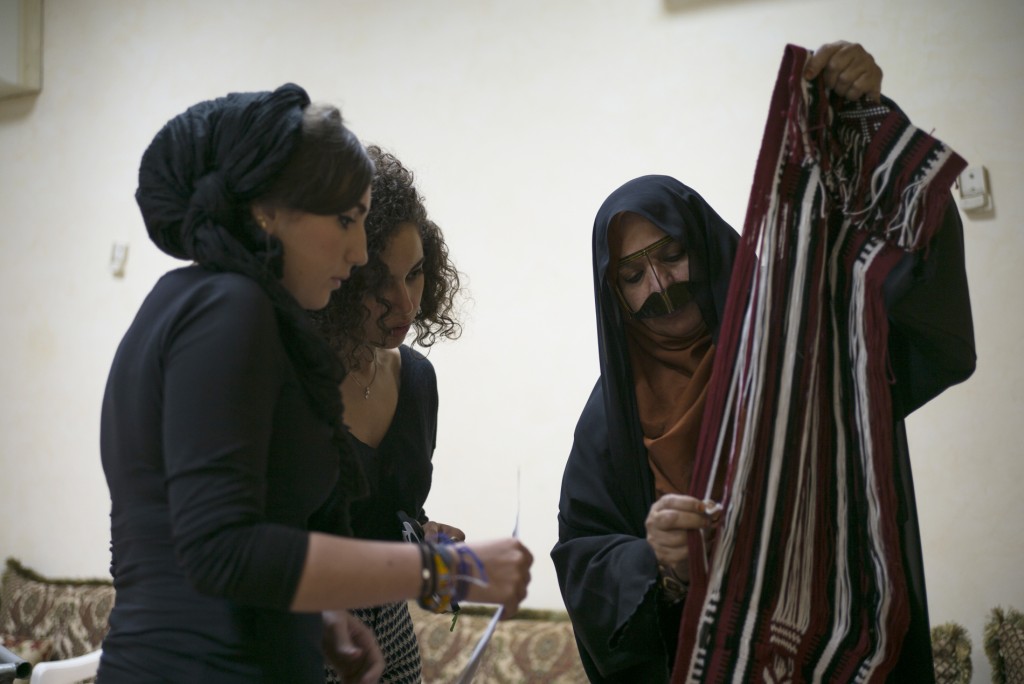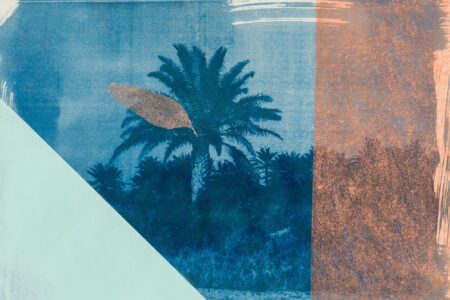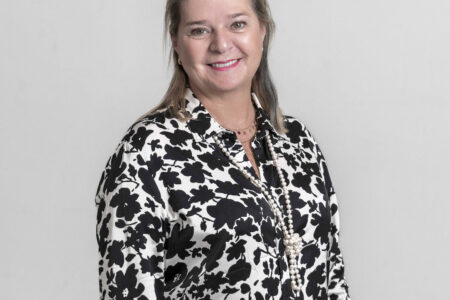Tanween by Tashkeel
Dubai-based design platform Tashkeel offers promising talents the ability to experiment with local Emirati craft. limited edition works by three local and interation designers were on show during last month’s Design Days Dubai.
A multi-versed platform for local talent, Taskheel – founded by Lateefa bint Maktoum – offers the Emirati creative community a rich line-up of residencies, fellowships, exhibitions, studio facilities and workshops. The Dubai-based foundation supports innovative art, design and the experimental non-prescribed apporach that binds both disciplines. Working with the Delfina Foundation London, Dubai Culture and Arts Authority, and Art Dubai, Tashkeel provides international creatives the opportunity to work with Emirati craftspeople and to explore its vast resources. All projects respond to a deep investigation of the immediate context. With its own exhibition space, the platform allows each visiting creative to ends their time at Tashkeel with a solo show. Prolific in its mandate, the platform sees up to six residencies per year. The foundation also hosts seminars and talks for the local and international community; helping to cement Dubai’s place on the global art and design map.
Established in 2013, Tashkeel’s product label Tanween follows a similar aim by bringing limited-edition vernacular designs to market. During last month’s Design Days Dubai / Art Dubai week, the brand showcased new work by three international yet locally-engaged talents – each having completed residencies at Tashkeel respectively. Dubai-based Studio Muju (Mentalla Said and Jumana Taha) presented their bespoke Moza chair and Fattom floor lamp. The duo’s practice focuses on local materials and craft through a playful interchange of form and aesthetics. Treading the boundaries between architecture and technology, Dubai-based Amer Aldour used this occasion to reveal his motorised motif-based Naturalesque tile collection. He recently established the Dubai-based interactive design studio inter | act architecture, which examines the possibilities of engaging people with their physical surroundings through the creation and deployment of technologically driven and responsive installations. Pulling up the rear but certainly in no order of importance, Lebanese-American jewellery designer Zuleika Penniman debuted her Coral exploration, a highly ornate leaf-like room divider. The Central Saint Martin graduate’s apporach balances the fragility of material with the empowerment of design. Working in different scales, she’s developed an independent and fashion commission-based practice.

























